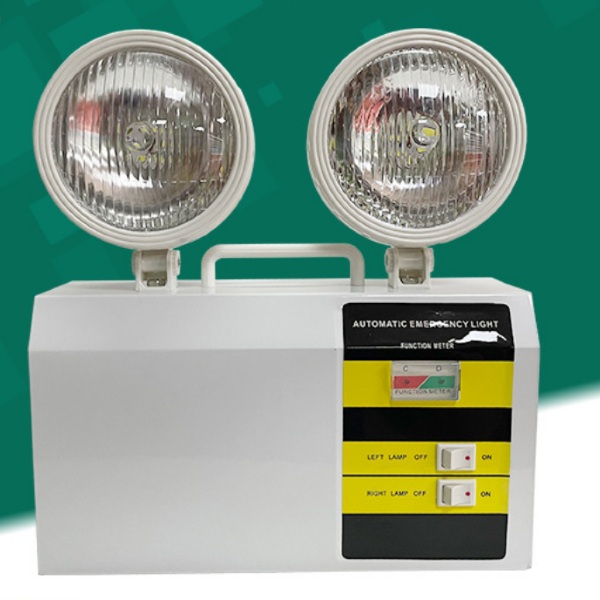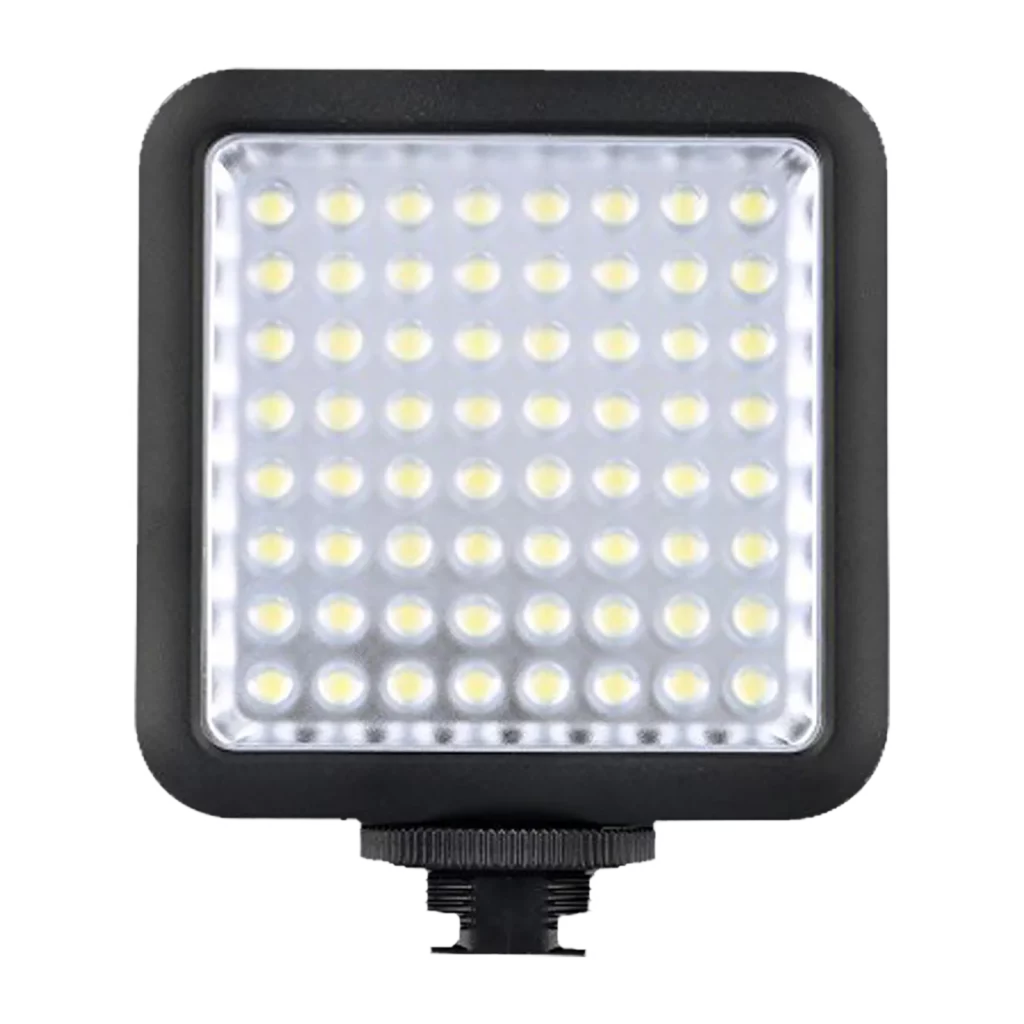In the immense and unpredictable expanses of the Norwegian seas, where the fishermen are being brave to acquire their catch, security is a must. Sustainable Emergency Lighting Solutions is a must-have piece of equipment for survival.
Crisis circumstances can emerge suddenly, and having dependable lighting arrangements can have a significant effect in guaranteeing the security of team individuals and the security of important marine resources.
In this blog, we dive into the significance of maintainable crisis lighting answers for Norwegian fisheries and investigate how they can add to upgrading marine security while limiting ecological effect.
Norwegian Fisheries stand as a foundation of the country’s social legacy and financial essentialness, dug in profoundly inside its waterfront networks and verifiable personality.
With a rich oceanic custom crossing hundreds of years, Norway’s fishing industry flourishes in the midst of the sensational inlets and tough shoreline that characterize its scene.
Dynamic in both homegrown and global waters, Norwegian fishermen explore the North Atlantic and Cold Sea in quest for a different cluster of marine species, from cod and haddock to salmon and herring.
Norwegian Fisheries are significant for the country’s food security and worldwide fish exchange, cultivating a profound association with the ocean and advancing stewardship.
Nonetheless, the business faces difficulties, for example, fluctuating fish stocks, natural tensions, administrative intricacies, and innovative headways.
Maintainable administration rehearses, inventive arrangements, and global participation are expected to guarantee the drawn out suitability of Norwegian Fisheries and safeguard marine environments. Supportable crisis lighting arrangements are fundamental for this.
The requirement for sustainable emergency lighting in Norwegian fisheries emerges from the dangers and difficulties faced by fishermen working in the unpredictable and frequently misleading marine climate.
Norway’s waterfront waters are famous for their cruel atmospheric conditions, including thick haze, storms, and extensive stretches of darkness during cold weather months. In such circumstances, crises like vessel crashes, engine failures or clinical emergencies can happen unexpectedly and abruptly, setting the existence of team individuals at grave risk.

Effective emergency lighting is important for guaranteeing the security and endurance of fishermen during such basic circumstances. It fills different needs, including enlightening departure courses, flagging trouble, and working with search and rescue tasks. In any case, traditional lighting arrangements, for example, brilliant bulbs or fluorescent cylinders, miss the mark in satisfying the thorough needs of oceanic crises.
Traditional lighting sources in Norwegian fisheries are energy-concentrated, delicate, and inclined to disappointment. LED innovation offers a manageable other option, diminishing energy utilization and ecological effect.
LED lights are solid, impervious to shock, vibration, and outrageous temperatures, and have a more extended life expectancy. They are sans mercury and discharge lower ozone harming substances, lining up with Norway’s obligation to maintainability.
By taking on economical crisis lighting, Norwegian fisheries can guarantee more secure working circumstances for anglers and limit their natural impression, prompting a stronger and supportable sea future.
LED technology is emergency lighting in maritime environments, offering energy effectiveness, strength, and life span. Its durable design opposes shock, vibration, and outrageous temperatures, lessening support and functional interruptions.
LEDs likewise produce brilliant, uniform light, improving perceivability during crises. Moreover, LED technology is mercury free and discharges lower ozone harming substances, lining up with Norway’s obligation to eco-accommodating practices.

LED technology is revolutionizing marine security by offering unrivaled execution, durability, and proficiency compared with traditional lighting frameworks. LEDs consume less power than traditional sources, bringing about decreased fuel utilization and cost investment funds.
Driven lights have a long life expectancy, diminishing upkeep and substitution recurrence. They give unrivaled light quality and adaptability, especially for route, flagging, and crisis lighting.
Furthermore, LEDs are harmless to the ecosystem, discharging lower levels of ozone depleting substances, adding to environmental change and marine biological system protection. As the oceanic business focuses on security, productivity, and ecological stewardship, LEDs lighting arrangements are supposed to turn out to be more inescapable.
Norwegian fisheries are coordinating environmentally friendly power sources into emergency lighting systems, utilizing sunlight based chargers and wind turbines to lessen dependence on petroleum products and limit carbon emissions guaranteeing consistent activity in any event, during blackouts.
The combination of environmentally friendly power sources holds immense potential for changing maritime operations tasks, offering a feasible and harmless ecosystem option in contrast to conventional petroleum based power age. Lately, there has been a developing interest in harnessing environmentally friendly power advances to meet the energy needs of vessels and decrease their carbon impression.
One of the most encouraging sustainable power sources for maritime applications is sun based power. Sun powered chargers can be introduced on the deck or superstructure of vessels to catch daylight and convert it into power. This clean and abundant source of energy can be utilized to drive different locally available systems, including lighting, route gear, specialized gadgets, and assistant apparatus.
Solar power and wind power are promising environmentally friendly power sources for maritime tasks. Solar power is plentiful, effectively accessible, and can be coordinated into vessel plans without adjusting design or execution.
It is quiet, emissions- free, and can decrease dependence on non-renewable energy sources, lower working expenses, and carbon emissions. Wind power, then again, can be saddled by wind turbines, giving perfect and environmentally friendly power.
This spotless energy can enhance locally available power age during good wind conditions. The two sources add to a cleaner, greener, and more reasonable future for sea transportation. The reconciliation of sustainable power sources holds extraordinary commitment for altering maritime activities.
Accomplishing sustainable emergency lighting solutions for Norwegian fisheries requires cooperative efforts among industry partners, government organizations, and technology suppliers. Investing resources into innovative work to improve new lighting advances customized to maritime applications is important.
Also, administrative systems ought to be laid out to boost the reception of economical practices and the gradually eliminated of environmentally harmful lighting choices. Teaching fishermen about the advantages of supportable lighting arrangements and giving preparation on their establishment and upkeep can work with boundless reception and guarantee the drawn out progress of marine safety drives.
Collaborative efforts are essential for accomplishing sustainable solutions in any industry, and the maritime area is no exemption.
With regards to reasonable answers for maritime tasks, joint effort includes uniting different partners, including government organizations, industry associations, research foundations, innovation suppliers, and oceanic experts, to aggregately address the difficulties confronting the business and work towards shared objectives of natural insurance, safety, and effectiveness.
Government offices, industry associations, technology suppliers, and oceanic experts are pivotal in advancing feasible arrangements in the sea area. State run administrations set natural norms, energize development, and implement guidelines, while industry associations give organizing stages and promoters to arrangements advancing manageability, wellbeing, and effectiveness.
Innovation suppliers team up with vessel administrators and shipbuilders to foster imaginative advancements, while sea experts give bits of knowledge into down to earth difficulties and opportunities. By uniting these partners, they can address complex difficulties and drive positive change towards an additional feasible and strong sea future.
In conclusion, collaborative efforts are critical for accomplishing economical arrangements in the maritime area. This includes uniting different partners, including government offices, industry associations, research organizations, innovation suppliers, and oceanic experts, to address the business’ mind boggling difficulties. Innovative work are key regions where coordinated effort can prompt more effective impetus frameworks, cleaner energy sources, high level route and correspondence advances, and harmless to the ecosystem materials. Government offices work with joint effort through approach advancement and guideline, while industry associations give organizing stages and promoter to arrangements advancing supportability, wellbeing, and productivity. Innovation suppliers can create and send state of the art advances that further develop vessel execution, diminish emanations, upgrade wellbeing, and limit ecological effect. Oceanic experts, including transport skippers, specialists, pilots, and group individuals, can distinguish regions for development and drive positive change inside their associations and the business.
FAQs
Sustainable emergency lighting solutions, such as LED technology and integration with renewable energy sources, offer numerous benefits to Norwegian fisheries. These solutions enhance marine safety by providing bright, reliable illumination during emergencies, aiding in evacuation procedures and search and rescue operations. Additionally, they reduce operational costs, minimize environmental impact, and contribute to the industry’s commitment to sustainability and responsible fishing practices.
LED technology offers several advantages for emergency lighting onboard fishing vessels. LEDs are highly energy-efficient, durable, and long-lasting, providing bright and uniform illumination even in harsh maritime conditions. Their low maintenance requirements and resistance to shock and vibration make them ideal for maritime applications. Moreover, LEDs emit lower levels of greenhouse gases and contain no hazardous materials, aligning with environmental sustainability goals.
Renewable energy sources, such as solar and wind power, can be integrated into emergency lighting systems for Norwegian fisheries through the installation of solar panels and wind turbines onboard fishing vessels. These clean and abundant sources of energy can power LED lighting systems during emergencies, reducing reliance on fossil fuels and minimizing carbon emissions. By harnessing renewable energy, vessels can enhance energy resilience and contribute to environmental conservation efforts.
Collaborative efforts among government agencies, industry stakeholders, technology providers, and maritime professionals are essential to promote sustainable emergency lighting solutions in Norwegian fisheries. These efforts may include research and development initiatives, policy development, knowledge sharing, and technology innovation. By working together, stakeholders can develop and deploy effective and environmentally friendly lighting solutions that enhance marine safety and support the long-term sustainability of the fishing industry.
Sustainable emergency lighting solutions contribute to the overall resilience of Norwegian fisheries by enhancing marine safety and reducing vulnerability to emergencies at sea. These solutions provide reliable illumination during critical situations, enabling swift and effective responses to emergencies such as vessel collisions, engine failures, or medical crises. By improving safety and operational efficiency, sustainable lighting solutions help ensure the continued viability and resilience of Norwegian fisheries in the face of challenges posed by the marine environment.
Not sure what you required for your lightining project ?
Get in touch with us for FREE consultation.